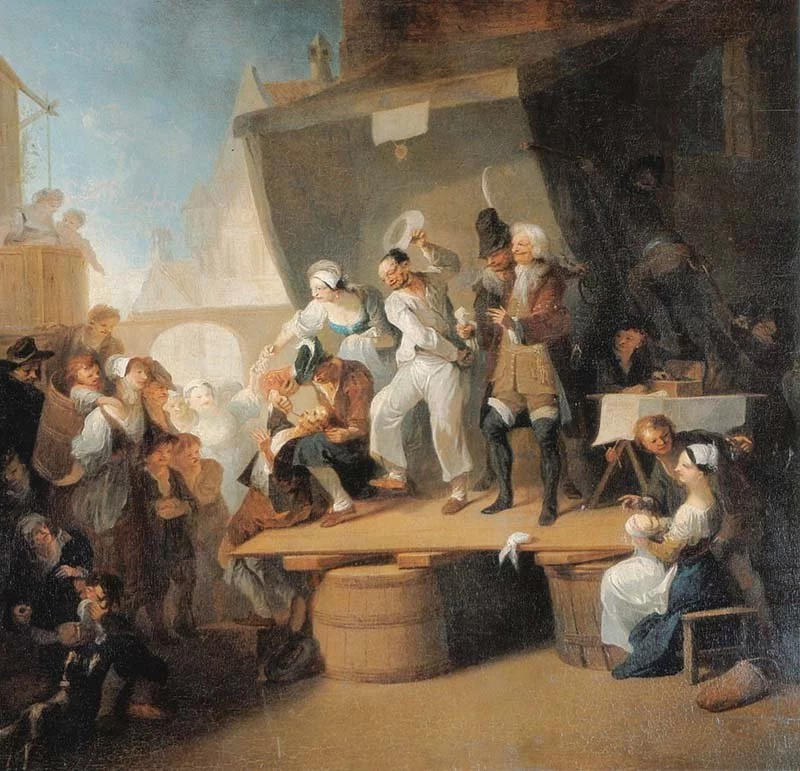
As medical professions progressed through history, the care of teeth fell on another profession during the middle ages: the barber.
Barbers, who still retain the hair trimming aspect of their role, used to do much more. While it is fairly well known that barbers also performed bloodlettings to help cure disease, they also performed surgeries & were visited by people with tooth maladies, which were widely believed to be caused by worms at the time.
Shave & a Tooth Fix
Barbers, or barber-surgeons, took on the role of dentist in addition to their many other skills due to their expertise with sharp instruments & dexterity. Primarily, those suffering from toothaches at the time had extractions performed. Methods for treating sore mouths included fillings, but the process was painful—so it was likely uncommon in most areas. No anesthesia was available at the time, save for alcohol.
There were several rudimentary tools used for dentistry — including an odd device called the dental pelican, named so for its resemblance to a pelican beak. Herbal remedies for pain were also applied to toothaches, though these varied greatly on the locality. Though toothbrushes were still a long way off — rough linen was used to scrub teeth — toothpaste had taken a rudimentary form, composed of local herbs made into a paste.
Wisdom of Teeth
Treatments for toothaches were largely passed down through apprenticeships with barbers, who formed guilds in several European countries. Less commonly, the more academic physicians would teach some theories in exchange for political support. In 1530, in Germany, the first booklet dedicated to dentistry, called “The Little Medicinal Book for All Kinds of Diseases and Infirmities of the Teeth,” was published. Later, in 1575, Ambrose Pare wrote the next notable work on dentistry in his “Complete Works” first published in France. Pare is famously known in the medical world as the Father of Surgery.
Evolution of a Profession
In European countries, the all-in-one nature of the barber’s work was slow to diversify into different jobs, depending on both the laws of the country and the progression of each practice. Surgery was especially slow to split off because at first it was often ineffective at treating patients as it led to death by blood loss.
France initially allowed all barbers to perform complex surgery & other work, but they were eventually split into two groups, surgeons and lay barbers. Lay barbers were still allowed to perform dental surgery.
In England, barbers were eventually forbidden to perform surgery as the practice evolved into something which more people survived, but again dentistry was still allowed to be performed by barbers. The two groups, barbers & surgeons, remained part of the same trade guild until 1745.
In Italy, barbers were less common, and so the use of barbers as surgeons was less widespread. Still, going to see the barber for a sore tooth was part of life.
The split of these professions in Europe, barbers, surgeons & dentists, did not fully come around until the close of the 18th century, with the last recorded barber-surgeon dying in 1820. Now, with the latest advancements in technology & training, dentists have built an incredible amount on what these pioneers developed, making it safe & easy to keep up on your dental health.
